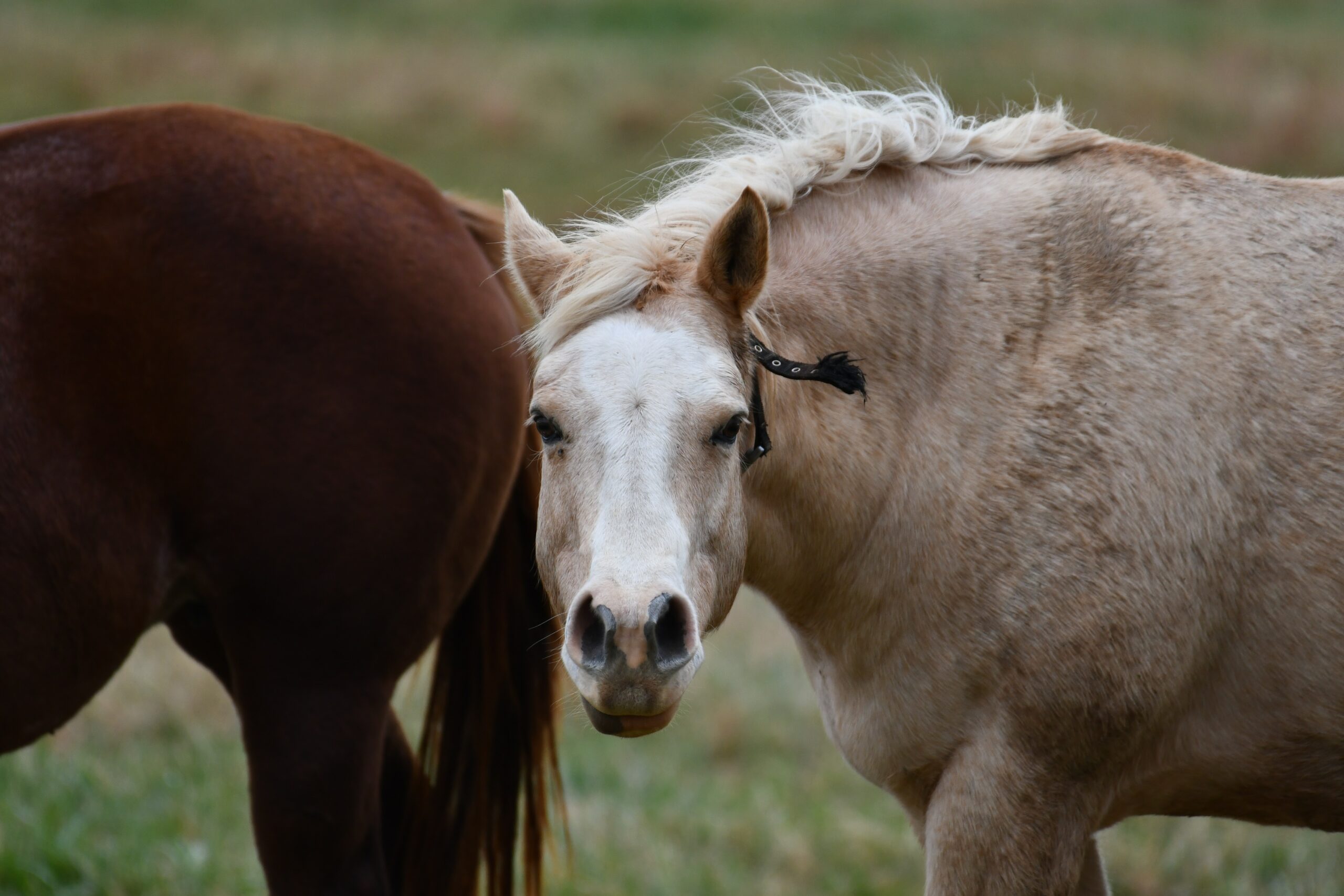Hi there! My name is Jack and I’m a horse lover through and through. I’ve owned a few different horses over the years and I’ve learned a lot about what it takes to keep them healthy and happy.
One time, I decided to try feeding my horse beet pulp as a way to add some extra nutrients to his diet. Now, I had heard that beet pulp was a good option for horses, but I didn’t realize just how much he would love it.
I ended up giving him a little bit too much, and let’s just say that things got a little…um, explosive. I came out to the barn the next morning and there was beet pulp everywhere. And I mean EVERYWHERE.
Lesson learned: always be careful when introducing new foods to your horse’s diet, and pay attention to how much you’re feeding them.
Table of Contents
The Basics: What is Beet Pulp and Why is it Good for Horses?
So, what exactly is beet pulp and why is it good for horses? Beet pulp is a byproduct of the sugar beet industry and it’s made by cooking, drying, and shredding the sugar beet. It’s a good source of fiber and it can be a useful addition to a horse’s diet, especially for those who need to gain weight or have trouble keeping weight on.
Beet pulp is also easy to digest and it can help to keep your horse hydrated, since it can absorb up to 10 times its weight in water. It’s often fed to senior horses or those with dental issues, since it’s easy to chew and digest.
How Much Beet Pulp Should You Feed Your Horse?
So, how much beet pulp should you be feeding your horse? As with any new addition to your horse’s diet, it’s important to start slowly and gradually increase the amount you’re feeding. This will give your horse’s digestive system time to adjust and help prevent any digestive issues.
As a general rule of thumb, you can start by feeding your horse about 1-2 pounds of beet pulp per day and then adjust from there based on their size, age, and activity level. Just be sure to also factor in any other supplements or feed you’re giving them, as you don’t want to overdo it on the beet pulp.
Tips for Feeding Beet Pulp to Your Horse
- Always soak your beet pulp before feeding it to your horse. This will help to make it easier to chew and digest, and it will also help to prevent any choking or colic issues.
- Don’t forget about hay! Beet pulp is not a replacement for hay, which is an important part of your horse’s diet.
- Pay attention to your horse’s body condition and overall health. If you notice any changes (such as weight loss or digestive issues), it’s a good idea to adjust the amount of beet pulp you’re feeding them.
- Don’t make sudden changes to your horse’s diet. Introduce new foods slowly to give their digestive system time to adjust.
FAQ
Can I feed my horse beet pulp every day?
It’s generally okay to feed your horse beet pulp every day, as long as it’s part of a balanced diet that includes hay and any necessary supplements. Just be sure to pay attention to your horse’s individual needs and adjust the amount of beet pulp you’re feeding accordingly.
Can I feed my horse just beet pulp and no hay?
No, it’s not a good idea to feed your horse only beet pulp. Hay is an important part of a horse’s diet because it provides them with essential nutrients and helps to keep their digestive system functioning properly.
What if my horse is overweight? Should I reduce the amount of beet pulp I’m feeding them?
If your horse is overweight, it might be a good idea to reduce the amount of beet pulp you’re feeding them. You should also consider increasing their exercise and switching to a lower calorie feed.
It’s important to remember that every horse is different, so it’s always a good idea to consult with a veterinarian or equine nutritionist if you’re not sure how to adjust your horse’s diet.
The Beet Goes On
Beet pulp can be a useful addition to your horse’s diet, but it’s important to be mindful of how much you’re feeding them.
By considering factors like size, age, and activity level, you can help ensure that your horse is getting the nutrients they need. And always remember to introduce new foods slowly and pay attention to your horse’s overall health and well-being. Happy feeding!
